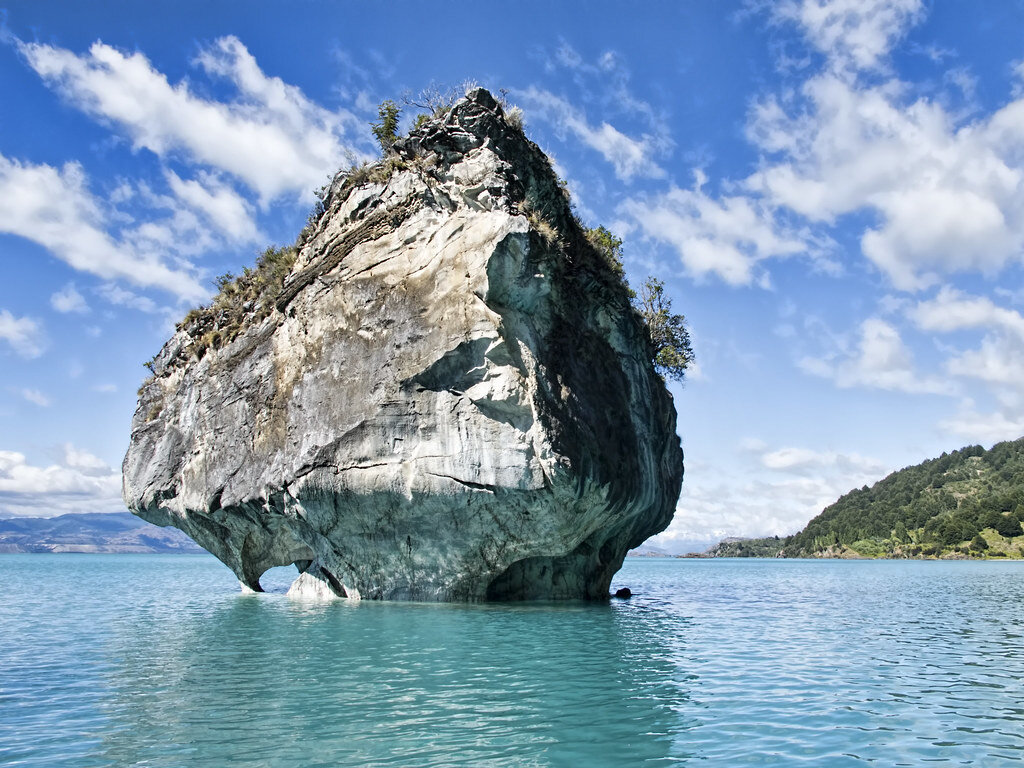Last year, the U.N. reported a significant increase in domestic violence against women and girls worldwide. Rates of femicide, the murder of women because they are women, have increased greatly since the start of the COVID-19 pandemic.
Last year, countries around the world saw protests decrying the increase of violence against women. A number of these protests were sparked by femicides that made headlines, like the murders of Vanessa Guillen in the United States, Pinar Gultekin in Turkey and Tshegofatso Pule in South Africa. Guillen, an Army private, is believed to have been killed by another service member who likely also sexually assaulted her, and Gultekin and Pule both died at the hands of a current or former boyfriend. These women were only three of a reported 50,000 women who die as a result of domestic violence each year.
In 2020, that number increased further. The U.N. reported that reports of domestic violence as a whole dramatically increased, with 243 million women around the world being subjected to sexual and/or physical violence within the year. That figure only includes women and girls aged 15 to 49, so the real total worldwide is even higher, since women outside that age range experience violence as well. 64-year-old Justina Galo Urtecho, who was raped and strangled to death in her home in Costa Rica, stands as a prominent example. The rise in violence against women, especially domestic violence, is directly related to the COVID-19 pandemic. Concerns over security, health and money, as well as the series of lockdowns in many countries, have all contributed to an increase in cases of domestic violence. Due to the pandemic, women and girls worldwide found themselves stuck at home in abusive situations.
Since France’s March 17, 2020, lockdown, cases of domestic violence have increased 30%. Emergency calls to domestic violence helplines in Argentina, Cyprus and Singapore increased 25%, 30% and 33%, respectively, after the countries instituted lockdowns.
Many women who were victims of domestic violence ended up dead. During the first two months of its lockdown, Brazil saw a 22% increase in femicides from the same time last year. In Mexico, at least 987 women and girls were murdered in the first four months of 2020 alone.
At the same time that the pandemic led to an increase in violence against women, it also compromised the care that women facing domestic violence had access to. With health care providers and governments overwhelmed by COVID-19 cases, the U.N. report suggests that support for women who experienced violence slipped through the cracks.
The United Nations has dubbed the increase of domestic violence and femicide that followed the COVID-19 pandemic “the Shadow Pandemic,” and urges that national responses to COVID-19 include services to address violence against women and girls. The U.N. Shadow Pandemic Campaign recommends that countries follow five steps to combat the increase of violence against women:
Allocate resources in COVID-19 response plans to addressing violence against women.
Strengthen support services for women who experience violence by treating them as essential services.
Increase the capacity of key support services.
Put women at the center of policy reform.
Collect data on the phenomenon to inform governments’ responses.
Violence against women is an ongoing issue around the world. It did not start when the pandemic did; it simply increased. Similarly, violence against women will not end when the pandemic does. Reports suggest that the most effective way to prevent femicide is to end intimate partner violence, which necessitates addressing global gender inequality and power imbalances as a whole.
To Get Involved:
A list of ways to take action with the U.N.’s Shadow Pandemic Campaign can be found here.
Rachel Lynch
Rachel is a student at Sarah Lawrence College in Bronxville, NY currently taking a semester off. She plans to study Writing and Child Development. Rachel loves to travel and is inspired by the places she’s been and everywhere she wants to go. She hopes to educate people on social justice issues and the history and culture of travel destinations through her writing.
























































